A debate has raged in Berlin for the past 2 decades over whether to rebuild the historic Berlin Schloss or City Palace on historic Museum Island. Badly damaged during WWII, the communists tore down the palace in 1950 to make way for their Palace of the Republic, a hideous steel, glass, & asbestos multi-use structure which was recently, in-turn, torn down.
The Schloss had served as a public art museum since 1918 but was started in 1443 as a royal palace. Constantly renovated over hundreds of years, the exterior stayed fixed to the baroque period while the interiors reflected the styles of the day. The dome was rebuilt in the mid 19th century by none other than the architect Karl Shinkel in collaboration with Stuler.
Many people have debated rebuilding the historic structure because they claim it has overtones of the previous monarchy, but what monument in Europe isn't tainted by history? In these photos you see photographs of a model of what is currently under construction taken by my Australian Penpal at the neighboring Bode Museum in Berlin.
What these people seem to want is a building of our own age -much as the communists wanted in their construction of the Palace of the Republic. Would they want someone like Frank Gehry (heaven forbid) to build something that doesn't match the historic area in the center of the city and would be reviled in 10 years time (as well as now)?
The compromise has come about that the exterior will be built to closely match the former palace with modern interiors which will house a modern, non-western art museum. The costly exterior recreation will be done mainly through private donations which have nearly been fulfilled and plans to be finished in 2019.
The undertaking is gargantuan as can be expected for such a massive building site. The exterior carved stonework has been meticulously copied from historic photos and paintings. Each piece must be modeled full-size in clay (which takes about a month) and approved by a panel before being carved in sandstone by masons (each small piece can take up to 2 months by one artisan).
Here you can see 1 of 43 required eagles which will adorn the facade.
The workmanship is amazing; encouraging to know it exists in this day and age! The sandstone cartouche above took a mason 2 months to complete. Talk about job security!
Above you can see construction from last month. What do you think -would you have decided to rebuild the historic palace to fit within this historic district or hired a modern day architect to build something new?
See more images of the building's past and future HERE.
This article in the WSJ details the controversy in more detail.
Tuesday, August 19, 2014
Can you rebuild the past? The Berlin Schloss
Labels:
architectural models,
architecture,
art,
artists,
Australian,
Berlin,
Germany,
history,
penpal,
travel
Subscribe to:
Post Comments (Atom)
























.jpg)






































































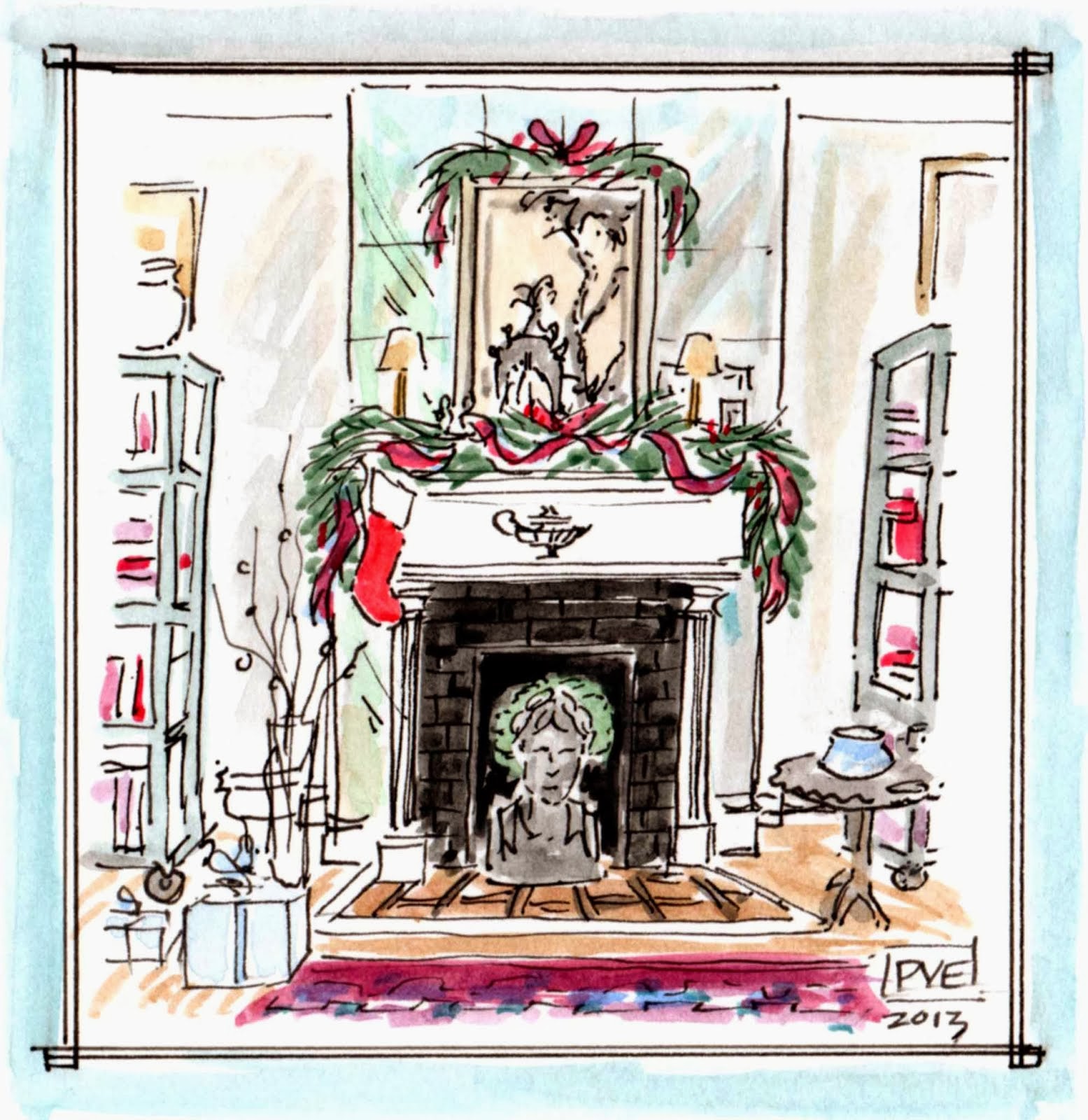




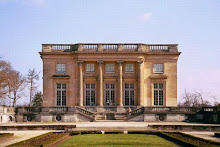
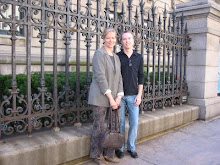



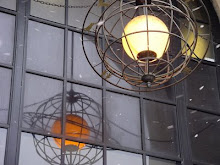
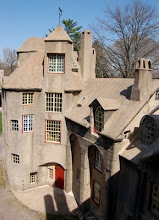

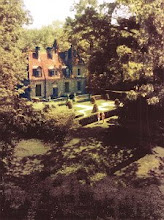


13 comments:
My vote, honor the past. I am so tired of seeing modern monstrosities, or more accurately "carbuncles", as Prince Charles famously stated about London's National Gallery extension, taking the place or abutting elegant architecture from the past. I am still seething about the old de Young museum being demolished and replaced with what looks like a lopsided ugly watch tower, to put things mildly.
I would not have been opposed to a contemporary building -- as long as it was better than this. So that rules out what I can imagine.
Wow!
This post is like something from "The Fountainhead" - Howard Roark where are you? Is Frank Gehry our new Howard Roark?
I am a reconstructed classicist, or a neo-classicist if you would prefer-
It is horrible that the communists tore down a 15th century palace!
A crime! This reproduction will shine like a beacon- and symbolize the ultimate power of capitalism over socialism.
Dean
So glad you posted about this! This is a lost building that's fascinated me for years. Yes, rebuild it, as close as possible to the original. If the only way that that can be accomplished is to have modern interiors, so be it. I do hope they'll try and keep a historical orientation to the interiors, though, leaving the possibility that, at some point, at least some of the historic interiors can be reconstructed. There is - so - much documentation for those interiors, that much could be done.
I like the elegance and beauty of the past mixed with the freshness of modernity...I second Johns opinion...there isn't another vision to be had that tops this present one being realized.
Always an informative eye presented to mine via your blog!
As usual there is more than one aspect to this argument but it is going ahead as a reproduction building but also as an attempt at recreating a lost ideal. Europe's 20th-century history should not be forgotten when discussing a subject like this.
I would have liked to see a contemporary building in its place but I am not sure who I might have chosen as architect. Much of the starchitects' work seems transitory to me. Piano's, judging by what I've seen, is workmanlike enough but lacking the presence the site called for.
Rebuilding this historic building seems almost like a cop-out but I like a classical building on a historic /classical island and the history is intriguing. Germany (and Europe in general) have a strong history of 'doing it right' and building great copies of buildings that have been destroyed so I have no doubt in my mind that this 'new' building exterior will be wonderful.
Blue - Agree with you that the first name that came to mind was Piano (2nd would be Meier) but I think it pales in comparison to rebuilding.
Such an interesting question. One that has valid arguments on both sides. I must say I would rather look at the Schloss recreated but I would always have in the back of my ind that it is a fake.
Stefan,
You pose a very interesting question ... I did ponder my answer. Which comes down on the side of restoring old world Europe with a meticulously copied exterior of the original 15th century museum. I trust that the buildings exterior will be historically accurate. It certainly appears to be with what you wrote.
Vera
Your photographs are especially interesting as the model shows (6th photograph) the original river facade (which is not symmetrical - and includes the garden on the corner). The WSJ article showed an ugly plain modern slab here. Given there is a great deal of historical detail in the internal courtyards of your pictured model, I wonder if this is a model of the Palace as was before 1945, rather than that which is being built? Maybe I need to go to Berlin to find out! There is a similar scheme, though not nearly as far along, to rebuild the Tuileries chateau in Paris. "Reconstruisons les Tuileries!" on FaceBook.
I don't think recreating something that was lost is a cop out. And judging by the finished carved details that you've included, it will be a wonderful recreation. Our colonial Williamsburg is almost a complete recreation and it's a national treasure.
I've always thought that if I had the "necessary" I'd build a Palladio villa, (externally) and the interior would have C21st fittings, with both neoclassical and modern interior design. The multitude of servants to run my extablishment would however be required to wear C18th livery. There's simplt no compromise on that!
Well, using a German saying, since it's a German topic: “Ein vermintes Gelände!” (it's a minefield). As you can see in my former home town Potsdam (since there is already a “reconstructed” City Palace), you'll get something back indeed, a reminder of a loss, something that will look a lot better than contemporary mediocre attempts to make the world a little bit more uglier. So it's a good thing at first sight, but it's also a bit like a platonic tale, you'll just get a shadow back, but living between shadows is not such a big deal in daily life, so be it so (to end my poor English comment).
Post a Comment